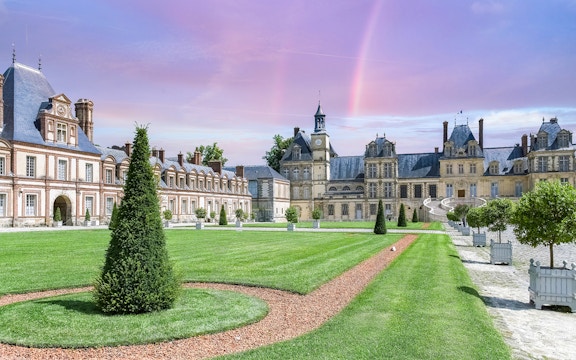English
English
Headout is an authorized and trusted partner of the venue, offering curated experiences to enjoy this attraction. This is not the venue's website.

Inclusions
Exclusions
Inclusions
Fontainebleau Castle
Vaux-le-Vicomte
Inclusions
Exclusions
Inclusions
Exclusions